School of Computing and Design
Computer Science Capstone Festival Fall 2021
Schedule:
12:00-2:00 pm on Friday, December 17, 2021.
EEG-based Brain-Computer Interface for Memory Decoding

We describe a system for recall memory identification based on the neural decoding from electroencephalogram (EEG) data. With our system, a user can identify their memory by simply thinking about its contents. Specifically, the system reads EEG data while the user remembers a document's content and outputs predicted document topics. The correct topic is among the top 3 predictions about 90% of the time, even though the remembered document is not used in training the system. Our system, using a Convolutional Neural Network and OpenBCI's Mark IV EEG, can be easily adopted for other applications.
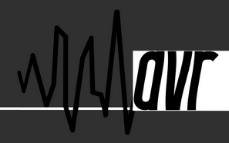
Next Generation CalSPEED

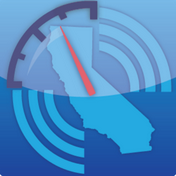
Proof Checker V2
Ibrahim Jabarkhel | Angelo Ediriweera | Wayne Hayden

proof-checker.org is a website used by CSUMB to teach the reasoning and logic class. The goal of our project was to add functionality to make it easier for instructors to manage their classes. To do this we designed a new database for the backend and implemented the new features in the frontend. The new features allow instructors to organize their problems, to assign problems in their sections, and to assign students to sections. This will help instructors keep track of their classes saving them valuable time.

Green Code
Armon Bakhtar | Cristina Martinez | Oscar Lara | Ramiro Soto

The purpose of Green Code is to motivate Computer Science students to learn about the effects their programs have on the environment and create more efficient programs. We hope to use Climate Change to motivate students to raise awareness to this issue. This project features an interface where a user can upload a file and receive an energy report based on the performance of the file. The report is generated by running the program on a remote linux machine where it will track the energy consumption throughout the program's compilation. The user can view their latest file uploaded along with their energy results.
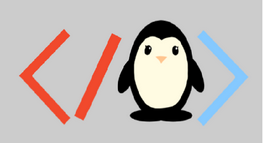
CalSPEED Android Redesign
Wonkyu Jeong | Anthony Herrera | Brian Carbonneau | Yessica Torrez Hernandez

Due to depreciated legacy code, the Google Play Store will no longer accept the California Public Utilities Commission's CalSPEED Android application. Our team performed a case study to see if it was possible to update the application utilizing a brand new Google UI framework called Jetpack Compose in the programming language Kotlin. After spending some time learning this brand new framework, we attempted to recreate and modernize the user interface in order to evaluate Jetpack Compose's suitability and potential moving into the future.

Lost in Translation
Matthew Reyes | Cristian Arredondo | Ryan Proctor | Vandit Chhadva

"Lost in Translation" is a Windows game designed to teach and assist the player in learning 3-5 words basic words in another language.
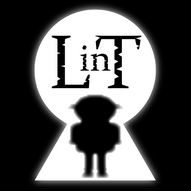
CalSPEED Web App Design (Network Speed Measurement Web Application)
Skye Ridge | Chris Estes | Paribesh Neupane | David Ruiz

CalSPEED is a program from the California Public Utilities Commission designed for measuring and recording network speeds. The current desktop app is several years old and due for a redesign. Our goal was to create a new web app version which mimics the current desktop version’s features, as a demonstration of how a new app could look. Our new web app utilizes a modern framework and operates in browser, allowing it to run on multiple systems. It is a mockup and is meant as a starting point for a complete redesign in the future.
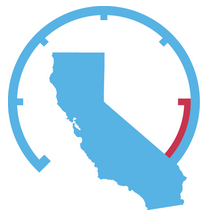
GDELT Browser-Based Access Tool (GBBAT)
Caitlin "Keiti" Lo | Lily Joh | Christian Sumares | Bawar Hotak

GDELT is a large open database that monitors media and its themes, sources, events, tone, and more, from all over the world. This semester, we worked on updating the GDELT Browser-Based Access Tool (GBBAT). GBBAT is a web application that allows NPS researches unfamiliar with SQL to make queries and filter the GDELT database as well as summarize the data in a visual format. Our work this semester furthers previous Capstone groups’ efforts by successfully transferring and maintaining GDELT data, analyzing query speeds on the new server, and updating the backend API to utilize AWS Athena to make our queries.
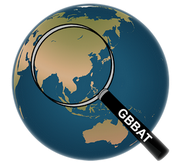
STOQS, Converting NetCDF to glTF format
Zachary Abbett | Isaac Hirzel | Oliver Stringer

The purpose of our project is to create a script made to replace the current 3D geometry generation pipeline used in STOQS. Our goal is to reduce the strain caused by the old 3d generation pipeline used by STOQs. We will accomplish this by updating the pipeline to target the glTF format. This will also simplify the pipeline and future proof bathymetry data moving forward.

COVID-19 impact on consumers in Whataburger at Austin, TX
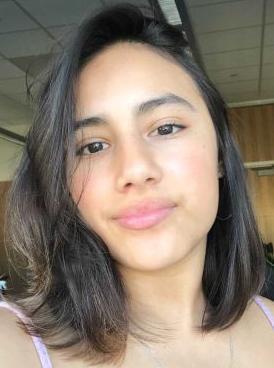
The shelter in place in order to delay the contamination for the coronavirus has created a big impact on the regular routine. Recent research in China has demonstrated that structuring social distancing policies will reduce the spread of coronavirus. In addition, a further step that would significantly reduce the spread is imposing lockdowns for the cities. Following the direction of this publication, research will be done to demonstrate the adversity that hispanic and non-hispanic consumers face based on the visits received at Whataburgers in Austin, Texas. The hypothesis for this research is that if the hispanic and non-hispanic consumers visit in a census block that is marginalized and low income, they have a higher risk of exposure and lower visits. The method of the research is using safegraph and Xmode data to construct a data analysis by zip codes, city, county, or state and visualize the movement shift in python. The findings of this research will help decide further steps for policy.